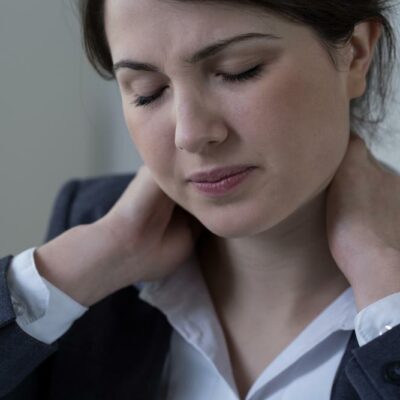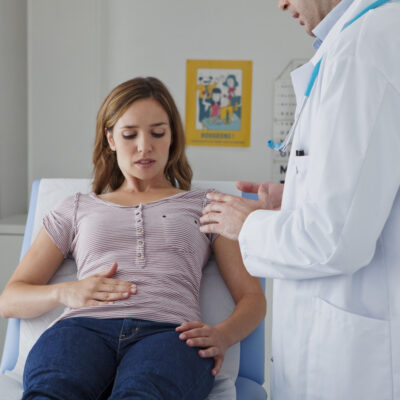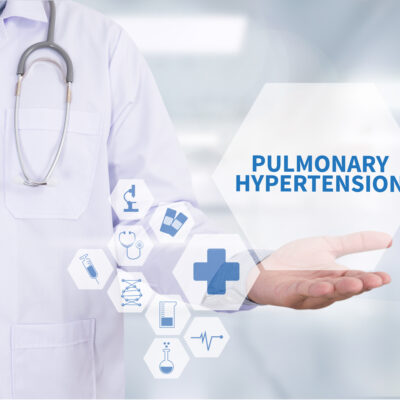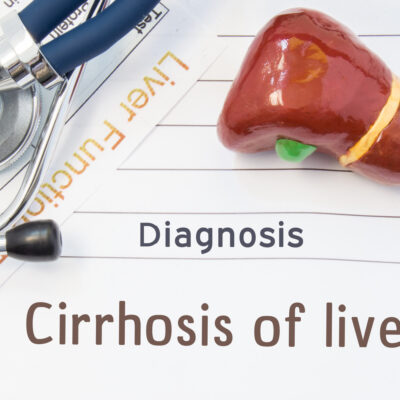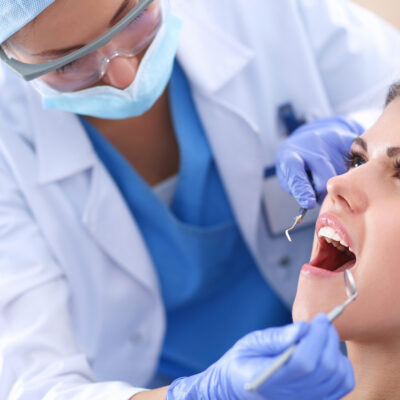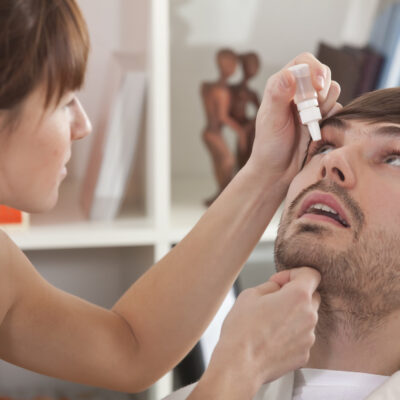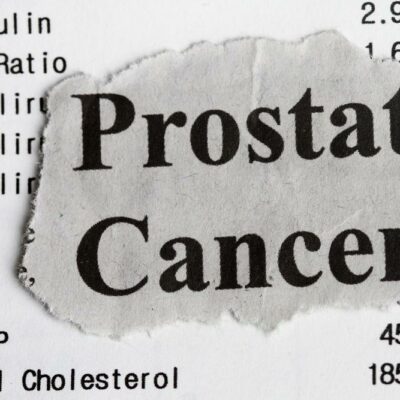
Health
An overview of prostate cancer
The prostate is a walnut-shaped gland located in the pelvic region. It is responsible for the production of seminal fluid that helps nourish and transport sperm. Prostate cancer is exclusive to men given the fact that this gland only exists in men. Cancer has a slow growth rate and is confined to the prostate during the initial stages. However, some forms of prostate cancer grow quickly and aggressively. If one gets a diagnosis of prostate cancer in the early stages, they have a better chance of treatment. Symptoms Prostate cancer, like most cancers, leads to some signs in the early stages. The medical research industry has made efforts to develop effective screening procedures but has had little success so far. The symptoms visible in the later stages of prostate cancer are: Issues in urinating Less force while urinating Blood in semen Uneasy sensation in the pelvis Bone pain Erectile dysfunction In case one faces any of the signs mentioned above, they must ensure that they consult a doctor at the earliest. While an effective screening procedure can be helpful, the medical community continues to debate about its risks and benefits. At a time like this, a thorough discussion with the doctor can help one determine the best options.
Read More 